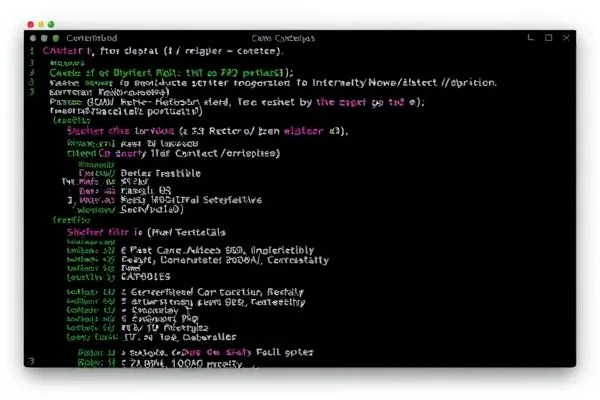As cybersecurity threats continually evolve, so do the techniques employed by malware loaders to evade detection and gain persistence on compromised systems. This article explores the sophisticated tactics of modern malware loaders, specifically focusing on new innovations like call stack spoofing, the utilization of GitHub for command-and-control, and advanced methods for obfuscation.
Key Takeaways:
- Modern malware loaders like Hijack Loader employ call stack spoofing to hide their operations.
- SHELBY loader demonstrates the use of GitHub for covert command-and-control communications.
- Malware families are enhancing persistence mechanisms, complicating detection and analysis.
- Adopting advanced obfuscation methods, such as .NET Reactor, allows malware to evade traditional security measures.
Call Stack Spoofing: A New Evasion Technique
In an age where cybersecurity threats are becoming exceedingly sophisticated, malware developers are continuously innovating. The new version of Hijack Loader highlights a technique called call stack spoofing, designed to obscure the origins of function calls including API and system calls. This technique enables malware to replace actual stack frames with fabricated ones, effectively cloaking its malicious intents. This camouflaged approach complicates the analysis, making detection and intervention by cybersecurity teams increasingly challenging.
Moreover, Hijack Loader has advanced its capabilities by introducing modules for anti-virtual machine checks, ensuring it can thrive in any environment while minimizing exposure even when analyzed under controlled conditions such as sandboxes. The adaptability of these loaders confirms a trend towards enhanced stealth in digital threats.
Leveraging GitHub for C2
Another emerging trend in malware operation is the use of legitimate platforms like GitHub for command-and-control (C2) functionalities. The SHELBY malware exemplifies this method, employing GitHub to exfiltrate data and maintain remote control over infected systems. The use of GitHub’s infrastructure not only helps in avoiding detection by traditional security mechanisms but also allows for flexible command operations.
This malware loader interacts with its defined repository, executing commands and receiving logs through what is referred to as a Personal Access Token embedded within the binary. This method compels cybersecurity defenses to re-evaluate their strategies, as the use of benign and widely trusted platforms complicates conventional detection methods. Such tactics unveil a pressing need for proactive defenses and regular updates in detection protocols to combat operational advancements in malware.
Malware Obfuscation Using .NET Reactor
The incorporation of sophisticated obfuscation tools such as .NET Reactor marks another development in malware tactics. Previously favored by various malware families, including loaders and stealers, this commercial product enhances the anti-analysis features to protect the malicious payloads effectively. This move aligns with the current trend where many cybercriminals favor robust obfuscation to avoid detection and successfully deliver their payloads without alerting traditional security mechanisms.
Continuous enhancements in malware loaders illustrate a dramatic shift in the cybersecurity landscape. Security professionals must remain vigilant in adapting their strategies to effectively counter the dynamic methodologies of these evolving threats.
Conclusion
The constantly evolving landscape of malware tactics underscores the necessity for robust cybersecurity measures. Recent innovations, such as call stack spoofing and the strategic use of GitHub for command-and-control, require a comprehensive understanding and proactive approaches to threat detection. As both attackers and defenders adapt, staying informed is crucial to safeguarding digital environments.









